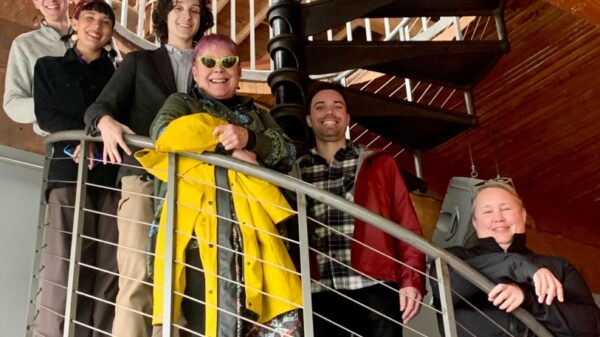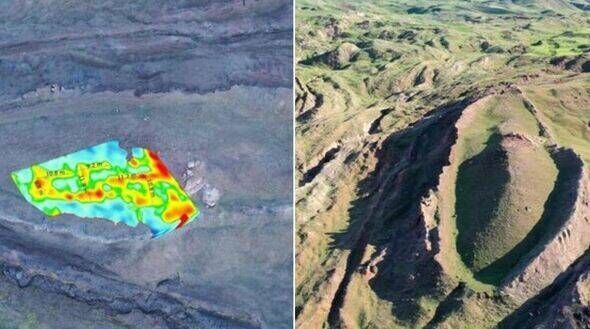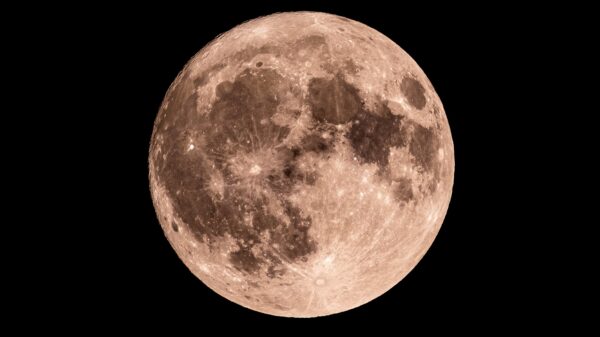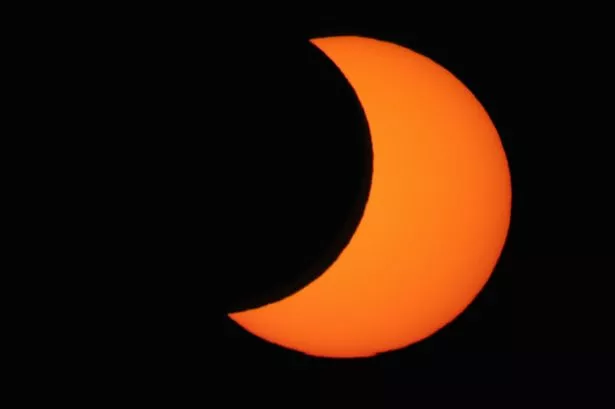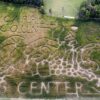A partial solar eclipse is set to occur on September 21, 2025, just before the equinox, marking a significant astronomical event. This eclipse, the final solar eclipse of the year, will be visible from select locations on Earth, providing a unique opportunity for skywatchers. As the sun crosses the celestial equator, this moment signifies the transition into spring in the Southern Hemisphere and autumn in the Northern Hemisphere.
During this phenomenon, the moon will obscure up to 86% of the sun, resulting in a partial eclipse. The best views will be experienced across parts of Antarctica, New Zealand, and a portion of Australia, according to information from Time and Date. Unfortunately, residents of the United States will not be able to observe this eclipse.
Viewing Details and Safety Precautions
New Zealanders will have the opportunity to witness the eclipse at sunrise on September 22, making it an exciting start to the day. For individuals planning to observe this celestial event, it is crucial to prioritize eye safety. Looking directly at the sun without proper protection can lead to serious eye damage. Experts emphasize the necessity of using certified solar eclipse glasses to ensure safe viewing.
In preparation for this event, Space provides several tips for viewing the eclipse effectively. Observers should find a location with an unobstructed view of the sky and avoid using regular sunglasses or homemade filters, which do not offer adequate protection.
As this partial solar eclipse approaches, it serves as a reminder of the wonders of our solar system and the importance of safe observing practices. Skywatchers in the optimal viewing areas can look forward to a breathtaking display of celestial mechanics.

























